The new Sarnico Footbridge was inaugurated in June 2025, an architectural intervention that fits into the natural landscape of the Taxodi Park on Lake Iseo. The project was conceived to enhance the relationship between architecture and context, avoiding altering its natural balance, while also being able to bring together public enjoyment, design quality, and respect for the environment.
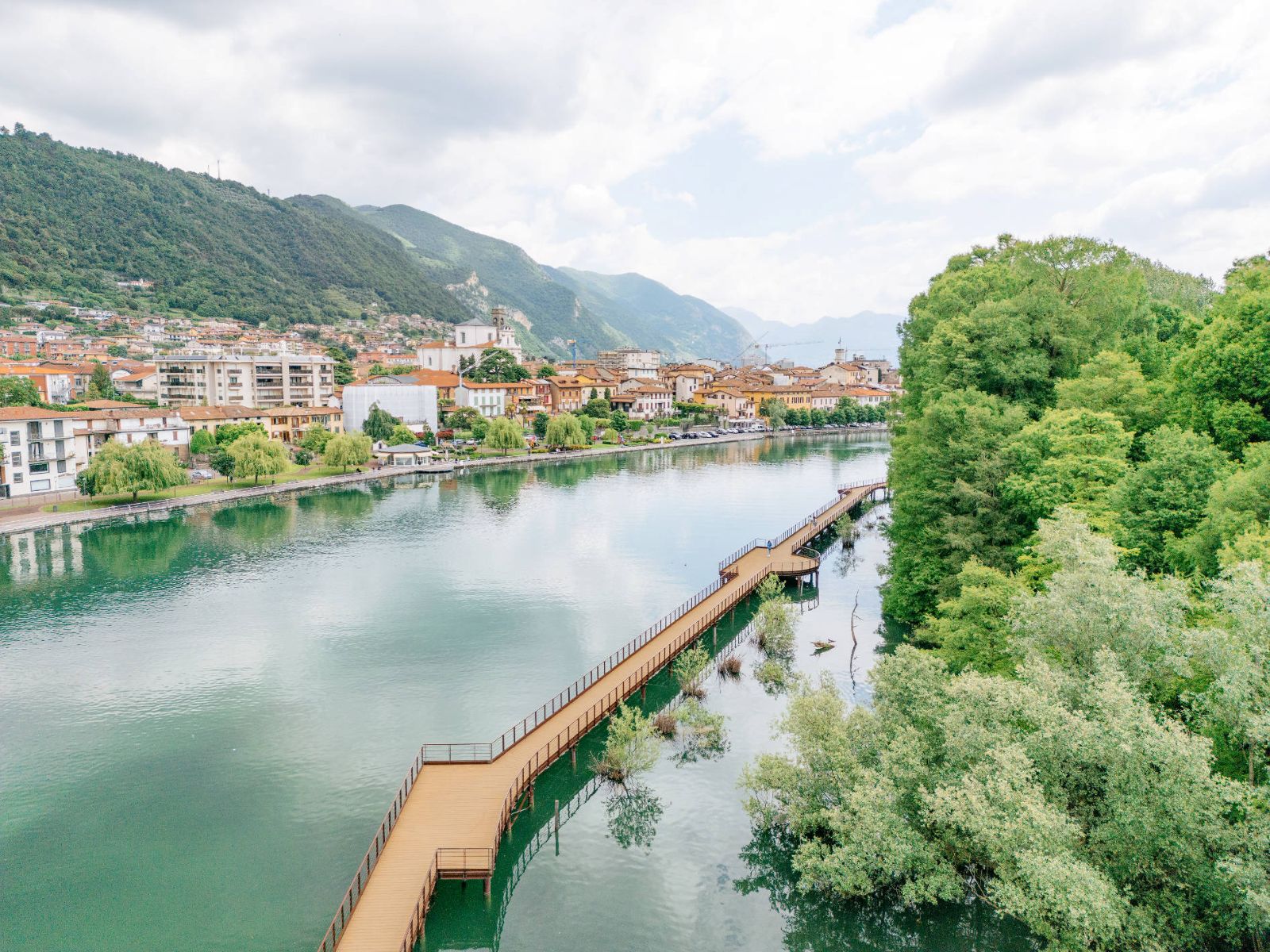
This semi-circular footpath, which is over 200 meters long, has a light appearance and is made of high-performance materials. It promotes an immersive experience within nature, while also allowing visitors to admire the fauna and flora of the oasis, including the centuries-old conifers native to North America.
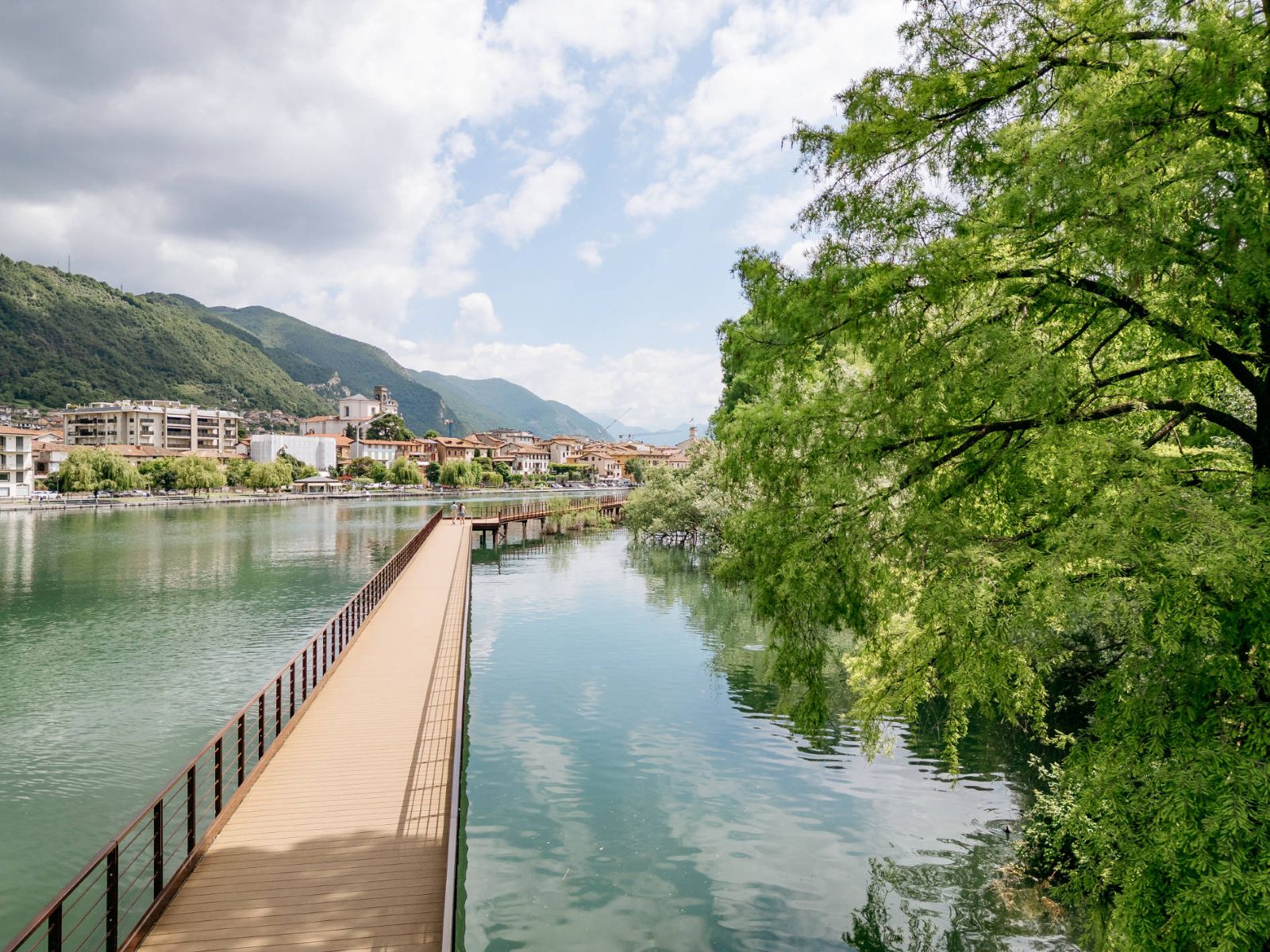
The cladding for this wonderful walk was supplied by Déco SpA, based in Urgnano (BG), a company specializing in outdoor cladding. Déco contributed to the project by supplying Décowood, in the Sand shade, a material that ensures both technical performance and aesthetic value in this unique landscape context.
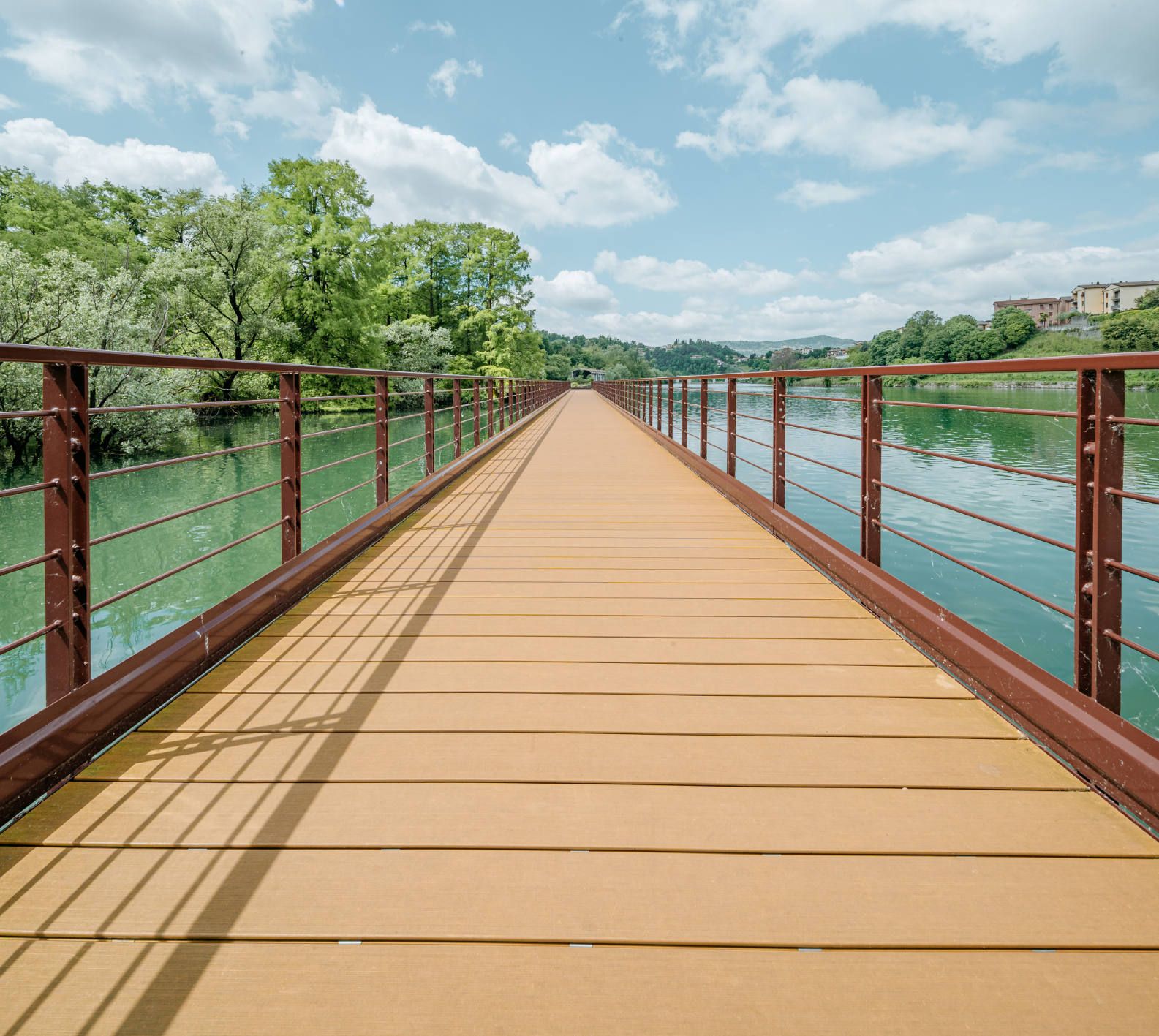
The choice of Décowood, an innovative composite wood reinforced with fiberglass, was fundamental in meeting the severe needs of a lake environment. Aesthetically, the material helps the structure blend in with the surrounding landscape, while functionally, it is a durable solution that is also highly resistant to weathering. This resistance is crucial given the high humidity, prolonged sun exposure, and high footfall that characterize the Lake Iseo area.
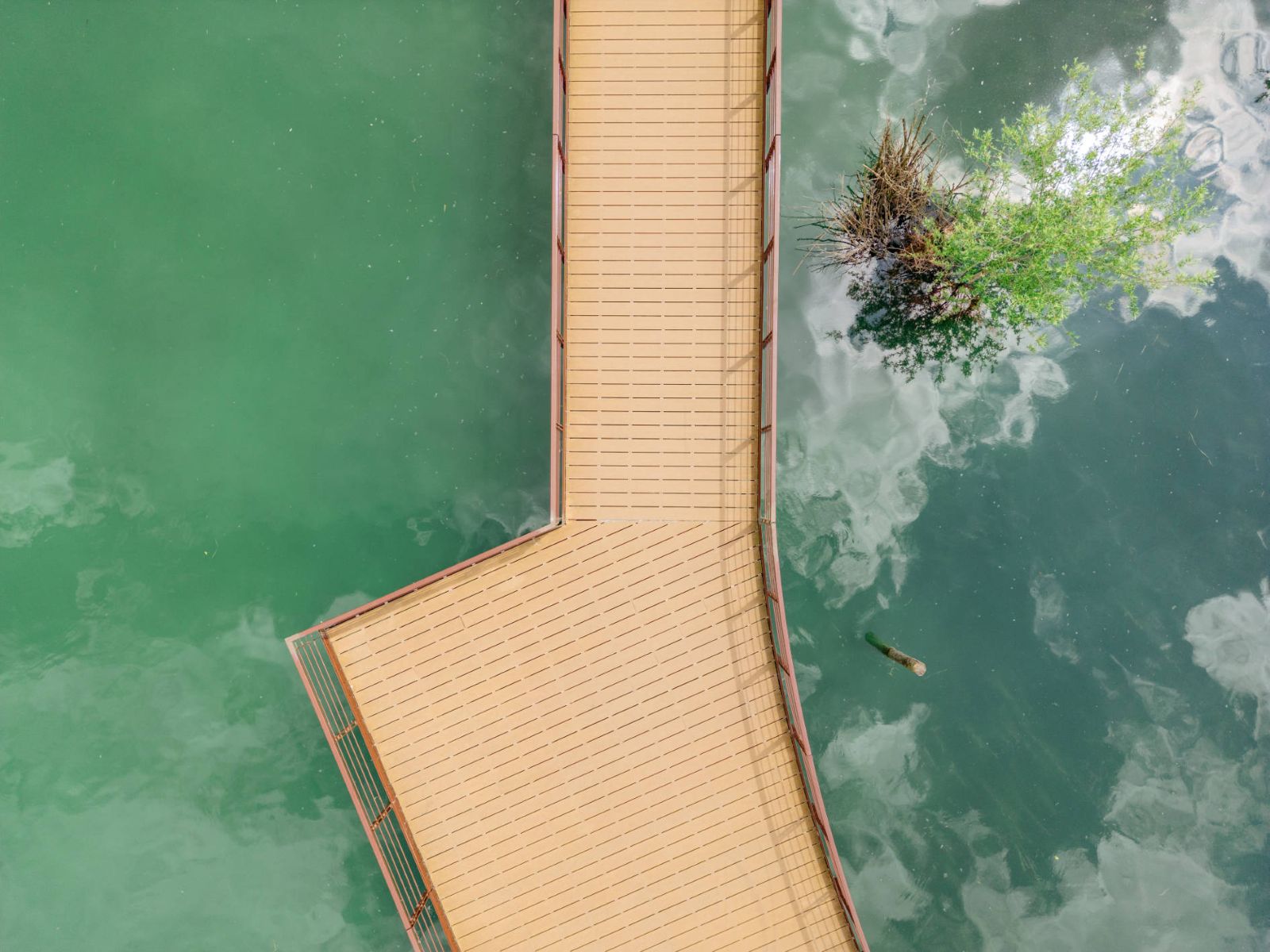
Décowood is derived from an exclusive formula that combines hardwood powder, recycled polymers, and fiberglass. This composition makes it up to 40% stronger than traditional composites in terms of tensile strength, elasticity, and impact resistance. The decking is also distinguished by its stability over time, water resistance, immunity to natural or chemical aggression, lack of chipping, and color stability.
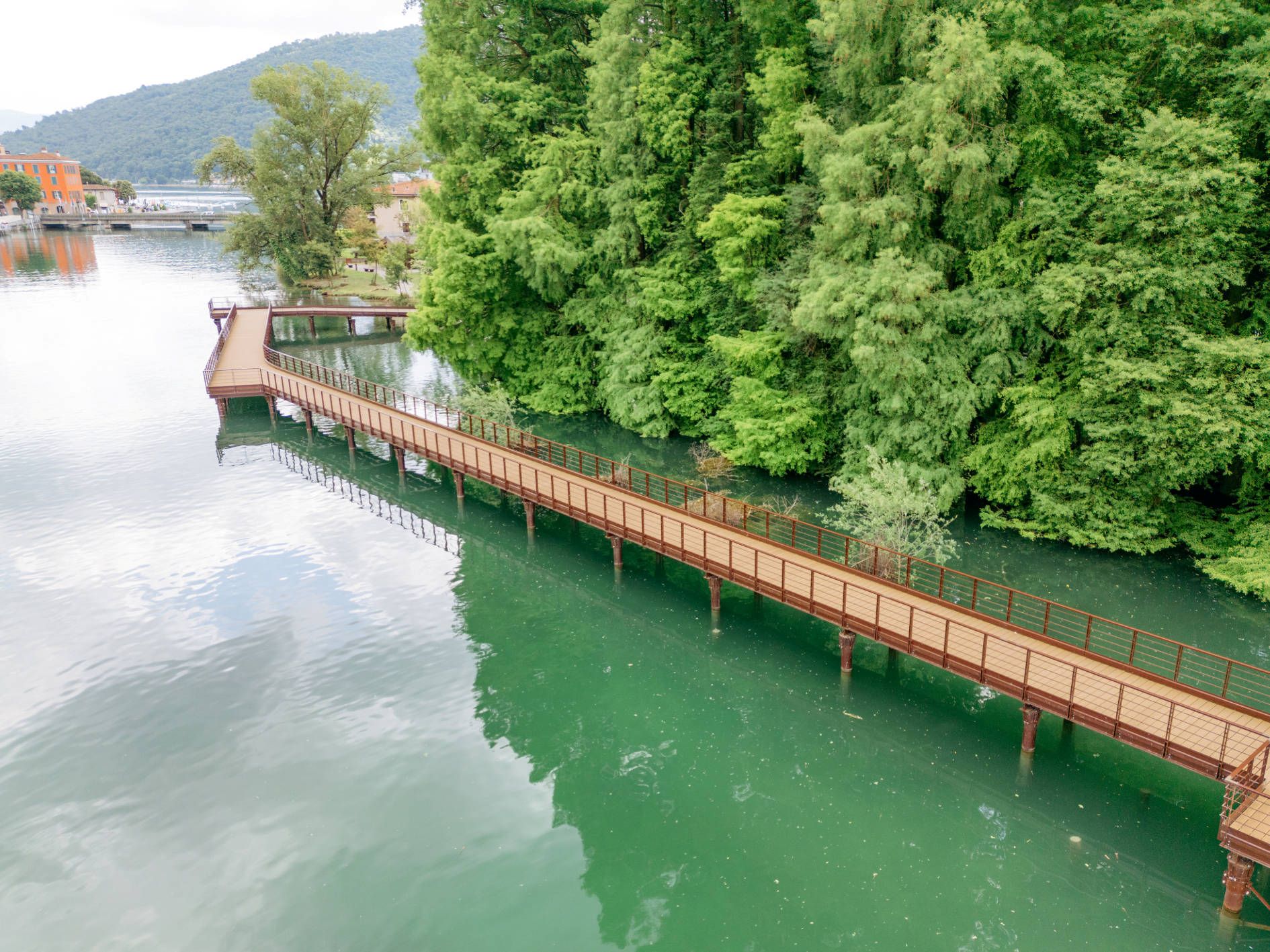
All these characteristics make it ideal for paving in public spaces and landscape architecture projects, also requiring minimal maintenance, a significant advantage for high-traffic footbridges.


